The hardware world has been buzzing lately. On one hand, hard drive manufacturers have been raising prices in succession, while on the other, DDR4 memory, which was supposed to "peacefully retire," has made a surprising comeback, staging a bizarre "discontinued-then-revived" drama.
Though these two events may seem unrelated, they actually point to the same underlying truth: the entire storage industry is being reshuffled by the massive wave of AI.
Storage Demand Explodes
HDDs and SSDs See Across-the-Board Price Hikes
First, let’s look at hard drives. Western Digital just announced a comprehensive price increase for HDDs, effective immediately—and it’s not the first to do so.
Before this, SanDisk officially announced a 10% price hike for NAND flash, while Micron played a "stop quoting" strategy for a week. WD’s justification is brutally honest: demand is too high, every capacity is selling out, and with massive R&D investments in new technologies, costs are simply uncontrollable.
To make matters worse, WD also revealed it will increasingly switch to sea freight. This means your ordered hard drives might take a leisurely six to ten weeks to arrive. Industry insiders say lead times for high-capacity HDDs have already stretched to nearly a year. Feeling nervous yet?
Behind this surge is AI’s insatiable appetite for storage. Cloud giants like Google and Oracle are aggressively expanding AI infrastructure, and the growing adoption of high-performance inference applications has left high-capacity products in severe shortage.
SSD makers aren’t sitting idle either. Phison Electronics reported a staggering 49-fold year-on-year increase in August net profits. CEO Pan Jiancheng bluntly stated that, beyond market recovery and price hikes by suppliers, AI adoption is the key driver. He predicts a potential NAND shortage next year but hopes for "moderate price increases" to avoid scaring off customers.
Interestingly, this time it’s not just SSDs getting pricier—HDD shortages are pushing more manufacturers toward SSDs, creating a spiral of price hikes. Technologically, SSDs have already hit 256TB, while HDDs are still struggling at the 32TB level.
Seagate has announced increased R&D efforts for 10TB-per-platter technology, aiming for 100TB+ drives—though the earliest we’ll see them is 2032. Of course, these behemoths aren’t meant for average users; their battleground is AI data centers.
DDR4 Forced Back into Production
Meanwhile, the memory market’s plot is even wilder.
Four years after Intel and AMD fully transitioned to DDR5, several DRAM giants had agreed to cut—or even halt—DDR4 production. Samsung was particularly eager, hinting in June that it would stop taking new DDR4 orders.
But what happened? The moment the discontinuation rumors spread, DDR4 suddenly flew off the shelves! Prices shot up, with some models even surpassing DDR5.
Manufacturers were stunned: wasn’t everyone supposed to phase out the old tech together? Why are users hoarding it?
So, Samsung and SK Hynix made "ancestor-defying decisions," announcing extensions to DDR4 production plans.
This flip-flop ultimately boils down to market demand. Many users on older platforms rushed to stock up on DDR4 upon hearing the discontinuation rumors, causing a sudden supply-demand imbalance.
But for those building new PCs today, unless you’re on an extremely tight budget, there’s no reason to choose DDR4. Mainstream DDR5 prices are nearly on par, and with better compatibility and future-proofing, isn’t it the obvious choice?
The Bigger Picture
Whether it’s hard drive price hikes or DDR4’s "resurrection," none of this is arbitrary. It’s all part of the storage industry’s seismic shifts driven by AI.
While technological evolution is inevitable, real market demand will always have the final say.

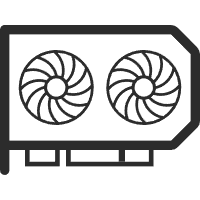









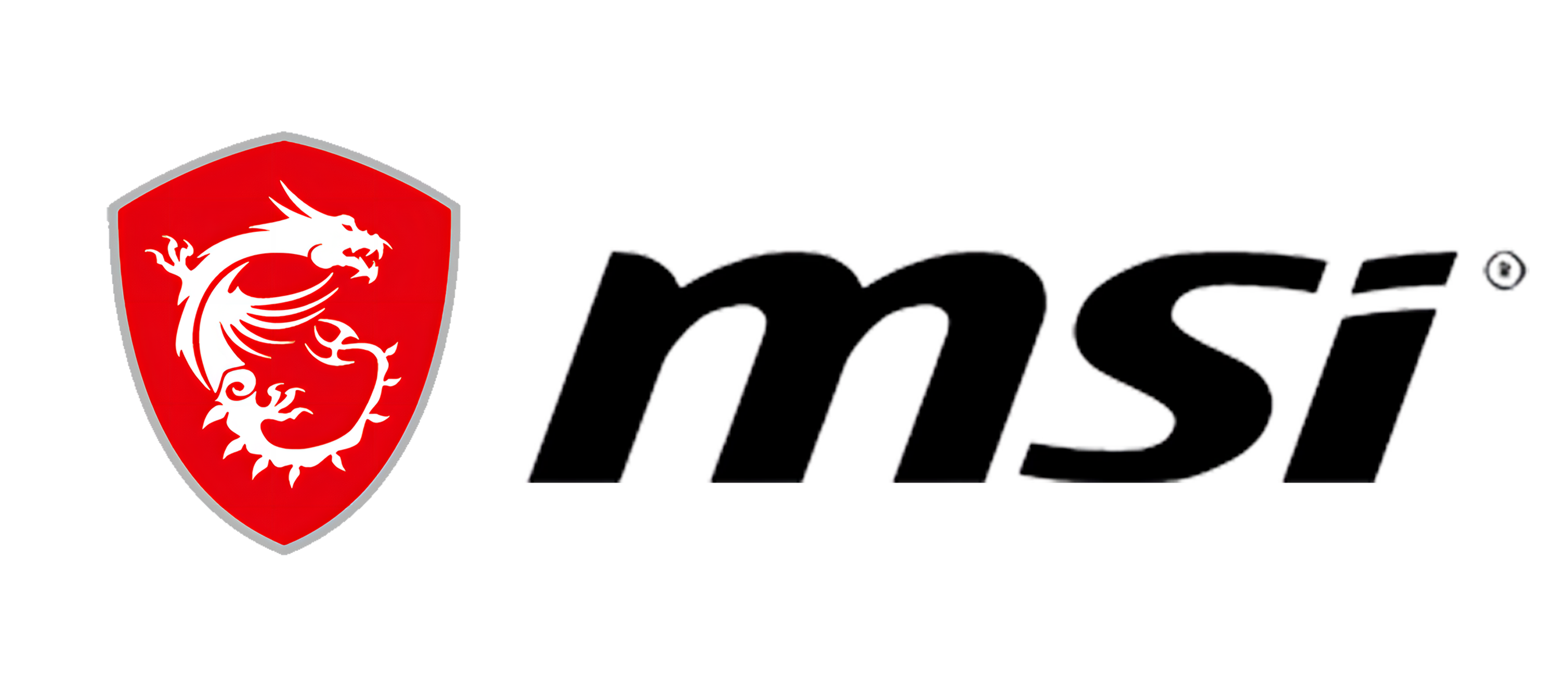


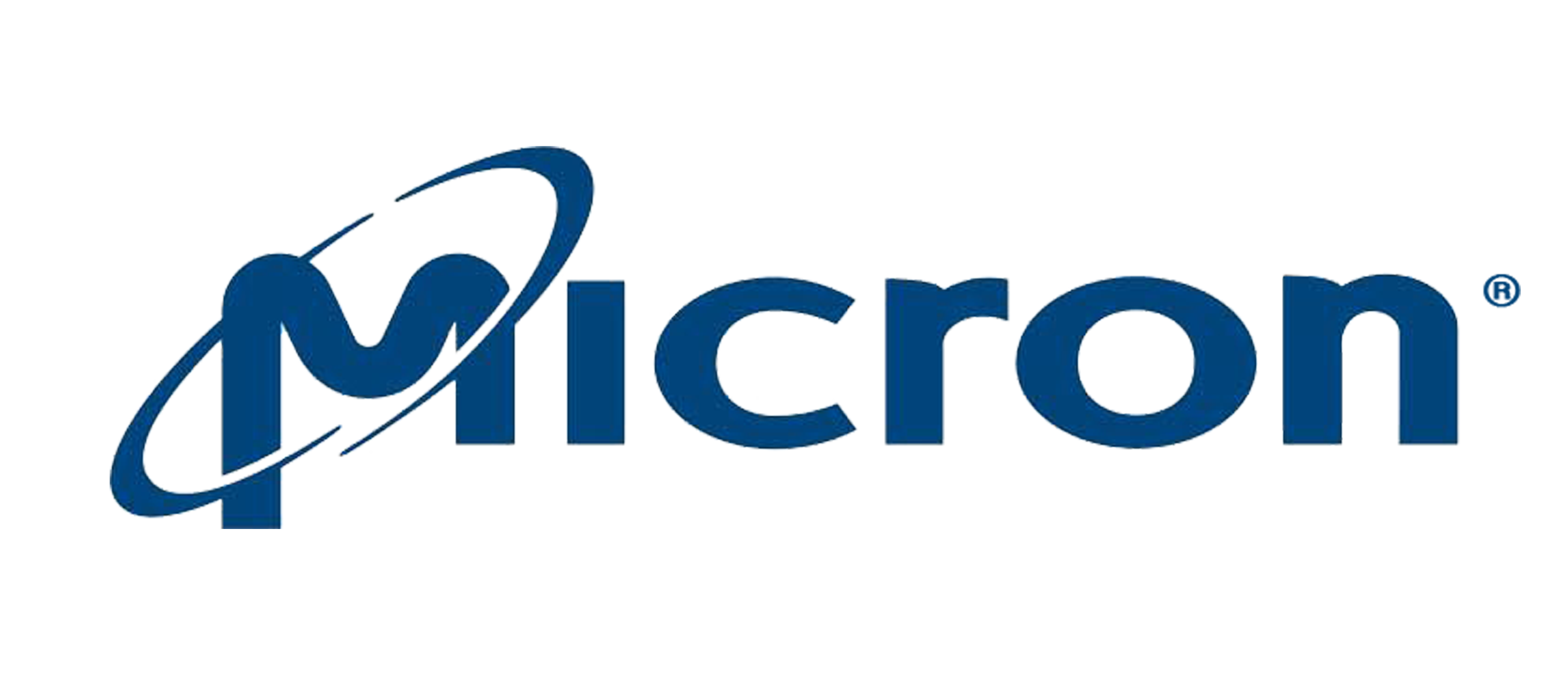


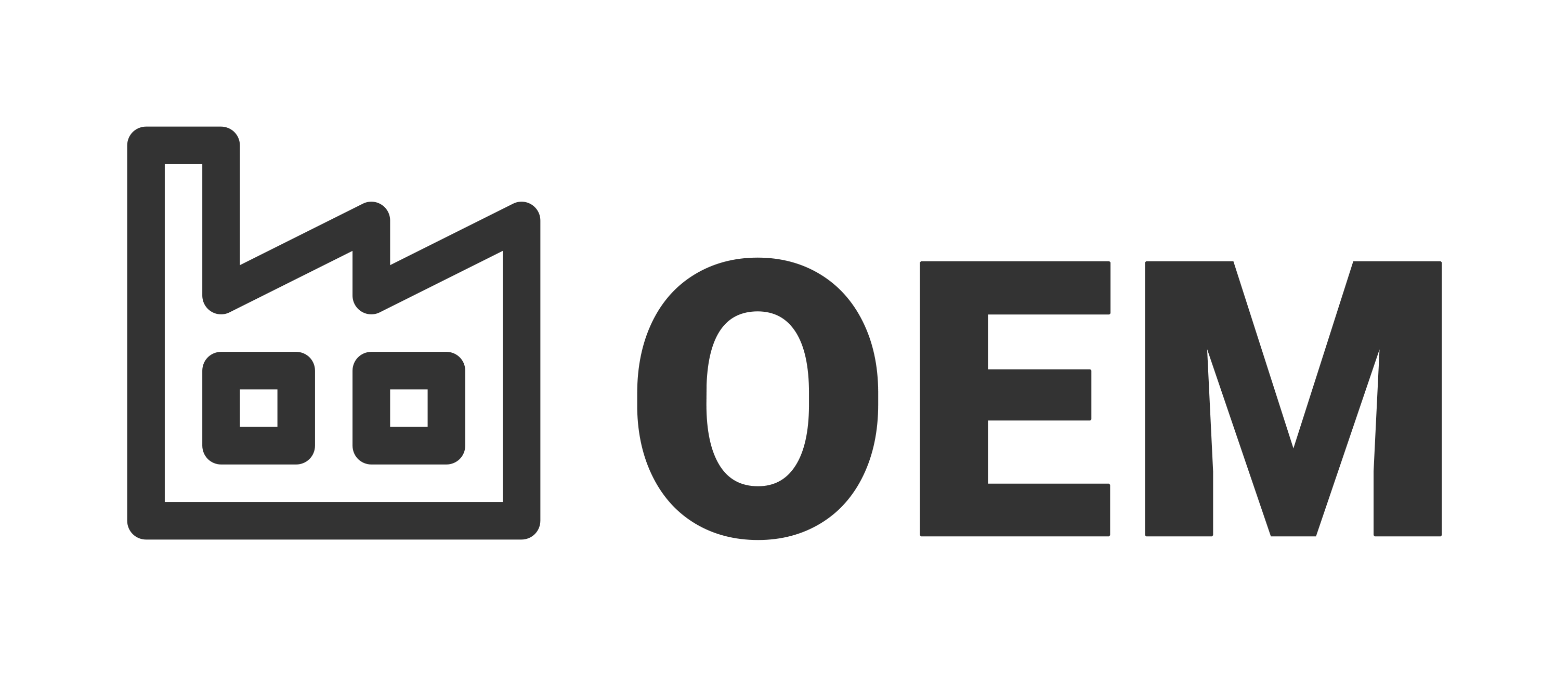


.png)
